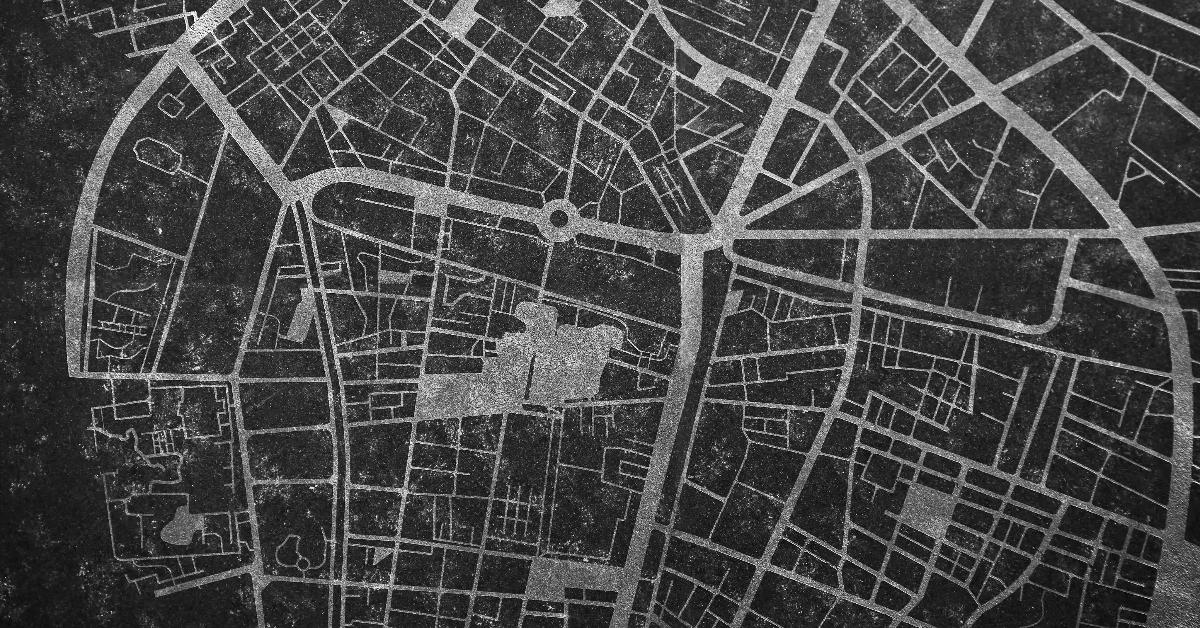As younger generations grow older and take on adult responsibilities, they will at some point struggle with the cost of housing. This year alone more than 582,000 people in the United States are without a home, with about three in ten people being part of families with children. Governments today have implemented various policies recommended by different schools of economic thought, predominantly that of the Keynesians, to address the issue of homelessness.
Despite their efforts, the total number of chronically and nonchronically homeless individuals continues to grow. To reduce these numbers would require a phenomenon that appears enigmatic, but there is no enigma. The solution deals with the most fundamental economic law of Austrolibertarianism and its satisfaction by abstraction: human action. With this foundational lens, the removal of zoning laws is derived to address homelessness in the United States and abroad.
The laws of supply and demand are known by all who have a basic understanding of economics, but what is less known is that they are praxeological laws. Praxeology is the study of the implications logically derived from the action axiom. This foundational axiom posits that “man acts,” and from that statement, all conclusions of praxeology are logically and a priori obtained. Thus, as Ludwig von Mises concludes in his magnum opus, Human Action,
Its cognition is purely formal and general without reference to the material content and the particular features of the actual case. It aims at knowledge valid for all instances in which the conditions exactly correspond to those implied in its assumptions and inferences. Its statements and propositions are not derived from experience. They are, like those of logic and mathematics, a priori. They are not subject to verification or falsification on the ground of experience and facts.
A priori knowledge and justification are procured without experience, for they are logically derived. Examples include “all bachelors are unmarried” and “two plus two equals four.” The meaning of the word “bachelor,” the state of being unmarried, can be analytically deduced, and an understanding of the addition property and the integer two will result in an answer of four for the equation without having to “experience” it. Moreover, a priori knowledge is a foundation that determines a chain of necessity through deductive claims and noncontradiction. Accordingly, in the case of praxeology, to say man does not act would be contradicted by one doing so (“act” referring to purposeful behavior that employs means to reach a given end). Furthermore, as Murray N. Rothbard writes in his book Economic Controversies, “Since praxeology begins with a true axiom, A, all the propositions that can be deduced from this axiom must also be true. For if A implies B, and A is true, then B must also be true.”
Unlike a hypothesis that must be proven or unproven, a priori statements are true in all possible worlds. Their negation can never be logically valid. It MUST be the case that “there are no square circles” (B) because its negation (“there are square circles”) would violate the law of noncontradiction (A). Similarly, it MUST be the case that if “two plus two equals four” (A) is true, then “four minus two equals two” (B) is true as well.
It is frequently asked, “How can praxeology be applied to the material world if it is only theory?” It is the same with mathematics: by identifying components of abstract models along with their material analogs. This process is called “catallactics,” the application of laws concerning human action to market analysis. The removal of zoning laws to address homelessness is derived from this epistemology.
Praxeology: The Basis for Removal
Zoning laws are specific rules and regulations for pieces of land divided into zones by the government or a municipality. They began with the Los Angeles zoning ordinances of 1904 and the New York City zoning resolution of 1916 and were originally motivated by racism, but they are now believed to help the housing industry. The laws dictate allowable uses of land or property inside zoning districts, meaning certain land can only be used for a predetermined reason, like agriculture. This creates an artificial limitation on the total amount of residential buildings that can be constructed in a given area, thereby leading to an issue where price cannot be brought down by supply.
In other words, they eliminate the houses, apartments, etc. that otherwise could have been built. Consequently, houses become so expensive that they become a hassle to afford for those without a lot of money, which tends to be the case for younger generations trying to find their footing, especially those from marginalized ethnic and racial backgrounds without a trust fund.
The laws of supply and demand were briefly mentioned as the epistemological justification of the suggested policy. The axiom that “man acts” informs this law because to every end there are means that must be implemented. These can come in the form of any given market product that is desired according to man’s intrinsic value hierarchy. Simply put, he desires to buy products that will allow him to accomplish his most desired ends first. The law of demand is, at its core, marginal utility applied to catallactics. Rothbard writes, “All action involves the employment of scarce means to attain the most valued ends. Man has the choice of using the scarce means for various alternative ends, and the ends that he chooses are the ones he values most highly. The less urgent wants are those that remain unsatisfied.”
Of equal importance and magnitude is the law of supply, which states that as the price of a good increases, the amount of that good supplied on the market will also increase and vice versa. It is also derived from praxeology because as the potential utility gained from undertaking an action increases, the likelihood of performing it increases also.
These laws in return tell us what happens with the removal of zoning laws. By limiting the total number of residential buildings that can be constructed, sellers and renters can increase their prices exponentially without fear of having no buyers. Ergo, if demand is high (which tends to be the case in the housing industry because shelter is essential) and supply is not allowed to rise, prices will inflate with people still willing to buy.
Ever Hear of Tort Law?
There are several counterarguments to nonzoning with the most common being that they promote safety by keeping hazardous activities away from residential and public areas. While this is a valid complaint, there are other ways to do this without feeding a housing crisis—namely, self-regulation via tort law. According to the American Museum of Tort Laws, “Tort law has been called the law of wrongful injuries. It is the law that protects and compensates people who have been injured by the negligence, or recklessness, or intentional acts of wrongdoers.”
An industrialist who chooses to build in residential areas will be liable for any damage incurred by the residents from their activity. Under tort law, it is possible to sue for noise, air, and land pollution, just to name a few. This is the same for unseen effects because it is possible to trace their origins back to an industrialist’s activity. In addition, because there is no state limit to liability, the penalties can be severe. This incentivizes insurance companies to raise their premiums and correctly estimate risks and costs because it is more likely for them to get sued. They are also more inclined to make the developers adopt reasonable safety standards or charge exorbitant premiums because related lawsuits are the largest class of civil litigation. Although this is ex post, meaning the damages have already occurred, developers would want to insure against this liability and operate elsewhere.
It is important to note that other factors do come into play when dealing with homelessness. But as long as man acts (A), affecting supply and demand (B), and A is true, then B must also be true. And if B implies a relationship between zoning laws and homelessness (C), then it must be true as well. Furthermore, the relationship between homelessness and zoning laws is a priori and therefore true in all cases. Thus, we can logically conclude that the downward pressure zoning laws placed on supply limits the accessibility of housing and thereby increases the total number of unsheltered individuals.
Conclusion
To picture a world where people are unable to afford a home is to think of a world with low life expectancy, decreased birth rates, and more unfortunate fates that succeeding generations will be subject to with the continued existence of zoning—a law that hides its perniciousness under the disguise of prosperity.




